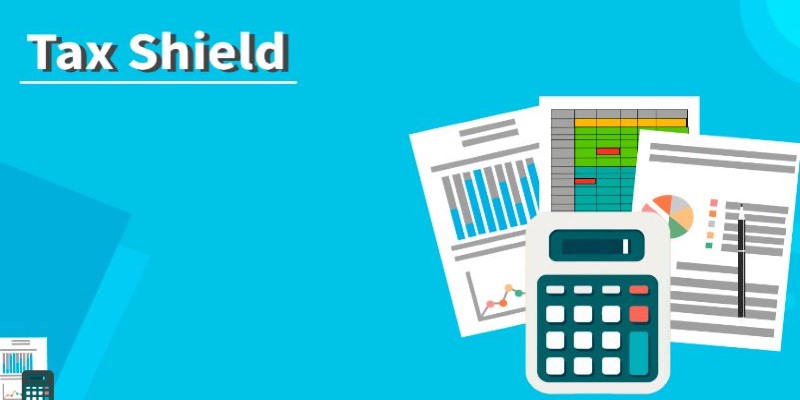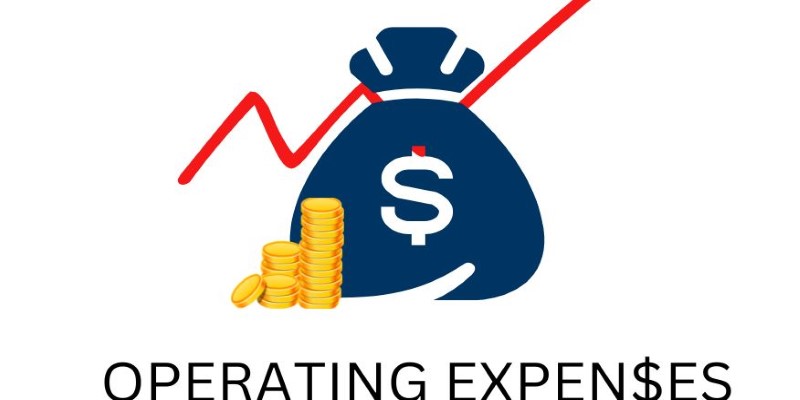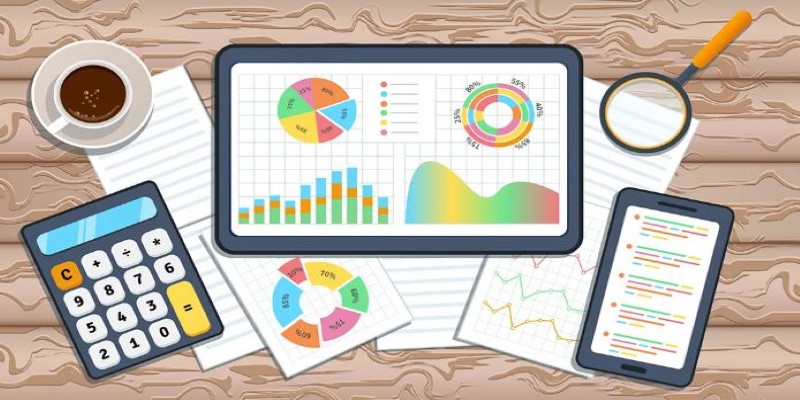Smart Tax Strategies: How to Leverage Tax Shields for Savings and Efficiency
Dec 11, 2024 By Vicky Louisa
Tax shields are a fundamental concept in personal and corporate finance that offers significant tax-saving opportunities. Simply put, a tax shield is any expense that reduces taxable income, thereby lowering the amount of tax a business or an individual owes to the government. This is a valuable tool for financial planning, especially for businesses that have considerable operational expenses. But it's not just about reducing taxesits about understanding the right kinds of expenses that can serve as tax shields and making them work to your advantage.

In this article, we break down what a tax shield is and calculate it. Then, we provide an easy example of how we might work with it in the real world. Understanding tax shields can help you make much better financial decisions, whether you are running a business or managing your finances. Let's dive in.
What Is a Tax Shield?
At its core, it is any form of deduction or expense that will help lower taxable income and the amount of tax owed. The deductions usually come from legitimate business expenses or personal financial decisions that are accepted by the tax authorities.
For businesses, tax shields may come more straightforward, for instance, as cost of operation in the form of loan repayments in interest costs, amortization of intangible or tangible assets, or even research and development costs. Whenever an entity incurs such a cost, it reduces its income left for taxation. This means the taxes paid will be reduced. The case is not any different for individual taxpayers. For them, there are several expenses that they can take advantage of to reduce their taxable incomes. Among such expenses are mortgage payments, charitable donations, and even medical bills.
The first of the huge primary benefits of tax shields is that taxes paid in the current year are reduced and often have compounding effects. Tax deductions that businesses and individuals plan for can be substantial over a long period. The most common form of tax shield most people are familiar with is the mortgage interest deduction. Businesses make even greater use of tax shields because they are allowed to expense a much larger set of expenditures.
The Tax Shield Formula
To understand how much you can save through a tax shield, it's essential to know the formula used to calculate it. The tax shield can be expressed as:
Tax Shield=Expense Tax Rate
Where:
- Expense is the deductible amount, such as interest expenses, depreciation, or other qualifying costs.
- Tax Rate is the percentage of tax you are required to pay on your income (whether its an individual or corporate tax rate).
For example, imagine a company that has interest expenses of $50,000 and is subject to a tax rate of 30%. The tax shield on these interest expenses would be calculated as follows:
Tax Shield=50,0000.30=15,000
In this case, the company will save $15,000 in taxes thanks to the interest expense deduction. This is a powerful example of how tax shields work, allowing the business to effectively reduce its taxable income and, as a result, its tax liability. The more deductible expenses a company has, the greater the tax shield and the lower the taxes it must pay.
How do Tax Shields Work in the Real World?

Let's look at a simple example to see the concept of a tax shield in action. Imagine a business with annual earnings before interest and taxes (EBIT) of $500,000. The business also has a $200,000 loan on which it pays 5% annual interest. The company is in a country with a 25% corporate tax rate.
First, the companys interest expense can be calculated as follows:
Interest Expense=200,0000.05=10,000
Now, we calculate the tax shield on the interest expense:
Tax Shield=10,0000.25=2,500
The interest deduction will save the business $2,500 in taxes. This might seem like a small amount at first, but when considered over the long term or on a larger scale, it can lead to significant tax savings.
Moreover, businesses can use tax shields not only from interest but also from depreciation. Lets say the company also has a large piece of equipment that depreciates over five years. The depreciation expense would further reduce the taxable income, adding another layer of tax shield benefit.
Types of Tax Shields for Businesses
For businesses, tax shields can take many forms, depending on the type of costs or expenses incurred. The most common tax shields include:
Interest Expenses:
One of the most frequently used tax shields is the interest expense on loans. When a business borrows money, the interest it pays on the loan is tax-deductible. This means that the company can deduct the cost of borrowing from its taxable income. The interest expense is subtracted from the companys earnings before tax, reducing the amount of income that will be taxed.
Depreciation:
Depreciation is another major tax shield available to businesses. Companies can depreciate their physical assets (like buildings, machinery, and equipment) over time, reducing their taxable value. This allows the business to write off part of the cost of the asset each year, thus reducing its taxable income.
Operating Expenses:

Other business expenses, such as employee salaries, rent, utilities, and marketing costs, can also act as tax shields. These expenses are deductible, reducing the overall tax liability.
Research and Development (R&D) Costs:
Many countries provide tax incentives to businesses that invest in research and development. Companies that incur R&D expenses may be able to deduct these costs from their taxable income, giving them a significant tax break.
Conclusion
Tax shields offer a significant opportunity to reduce taxable income and lower the taxes you owe. Whether you're an individual or a business, understanding the various ways to create tax shields can help you plan for tax efficiency and maximize your savings. From interest expense deductions for businesses to mortgage interest and charitable donation deductions for individuals, there are many ways to use tax shields effectively. By applying the tax shield formula and ensuring you take full advantage of all available deductions, you can reduce your tax liability and keep more of your hard-earned money.








